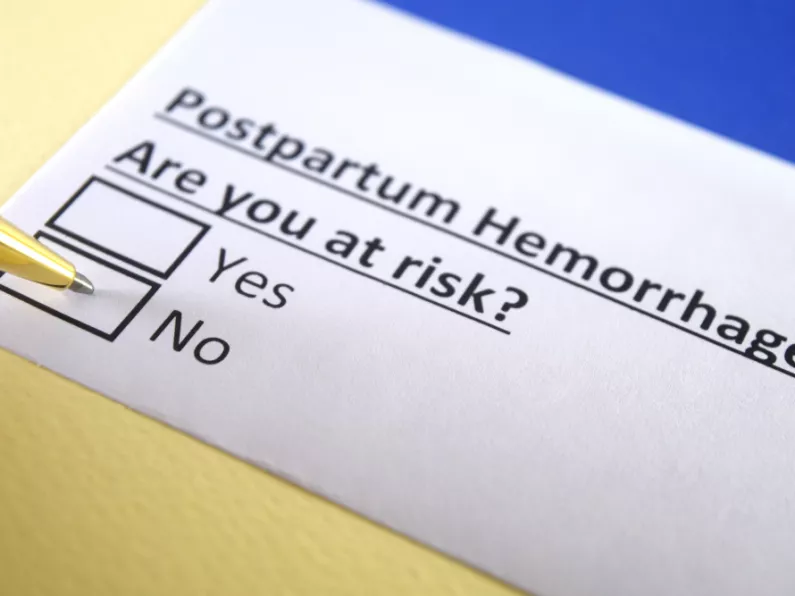The World Health Organisation has released its first ever roadmap to tackle the world’s leading cause of maternal deaths.
Postpartum haemorrhage (PPH) – defined as excessive bleeding after childbirth - affects millions of women annually.
Despite being preventable and treatable, PPH results in around 70,000 deaths every year. For those who survive, it can cause disabilities and psychological trauma that last for years.
A woman is estimated to die every two minutes from causes relating to pregnancy or childbirth, and there has been limited progress in reducing these deaths since 2015.
“Severe bleeding in childbirth is one of the most common causes of maternal mortality, yet it is highly preventable and treatable,” said Dr Tedros Adhanom Ghebreyesus, WHO Director-General.
“This new roadmap charts a path forward to a world in which more women have a safe birth and a healthy future with their families.”
Plan in place to tackle leading cause of maternal deaths
The roadmap aims to help countries address stark differences in survival outcomes from PPH, which reflect major inequities in access to essential health services.
Over 85% of deaths from PPH happen in sub-Saharan Africa and South Asia. Risk factors include anaemia, placental abnormalities, and other complications in pregnancy such as infections and pre-eclampsia.
Many risk factors can be managed if there is quality antenatal care, including access to ultrasound, alongside effective monitoring in the hours after birth.
If bleeding starts, it also needs to be detected and treated extremely quickly. Too often, however, health facilities lack necessary healthcare workers or lifesaving resources.
“Addressing postpartum haemorrhage needs a multi-pronged approach focusing on both prevention and response - preventing risk factors and providing immediate access to treatments when needed - alongside broader efforts to strengthen women’s rights,” said Dr Pascale Allotey, WHO Director for Sexual and Reproductive Health and HRP, the UN’s special programme on research development and training in human reproduction.
“Every woman, no matter where she lives, should have access to timely, high quality maternity care, with trained health workers, essential equipment and shelves stocked with appropriate and effective commodities – this is crucial for treating postpartum bleeding and reducing maternal deaths.”
The Roadmap to combat postpartum haemorrhage between 2023 and 2030 outlines goals and activities for research, normative work, implementation, and advocacy.
Priority actions include the development of new and broader guidance for PPH covering prevention, detection and treatment; research to deliver innovations and to increase access to proven interventions; the establishment of a new procurement mechanism to improve the supply of high-quality medicines and commodities; advocacy and awareness-building, and, at the country level, training and facility-based improvements.
